June 7, 2025 | 15:36 GMT +7
June 7, 2025 | 15:36 GMT +7
Hotline: 0913.378.918
June 7, 2025 | 15:36 GMT +7
Hotline: 0913.378.918
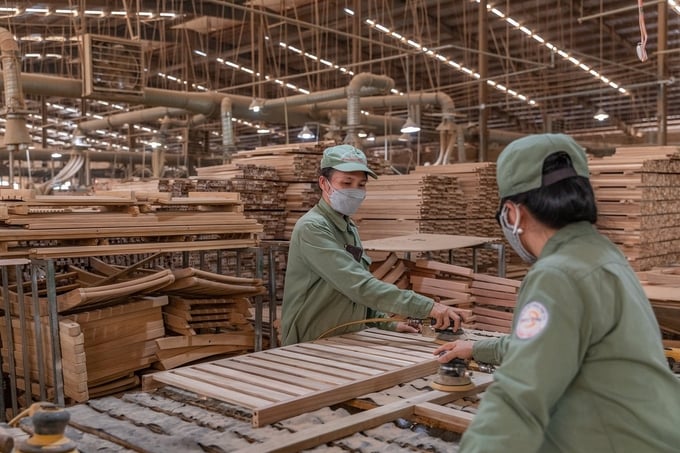
According to the gender analysis report on the forestry industry in Vietnam at the forum "Promoting gender equality for sustainable forestry development", in wood processing factories, women often have their work performance underestimated and are paid less than men.
The forum took place recently in Binh Dinh province, jointly organized by the Ministry of Agriculture and Rural Development - represented by the Department of Forestry, Forestry Project Management Board, and the German Development Cooperation (GIZ)
The 10 women selected are 10 perspectives, stories, and opinions of women about forestry, about their passions and challenges when working in this field. The 10 stories are 10 expectations of women to promote gender equality in the forestry industry.
Very simply, because of our love for the forest, we chose forestry as our path. Maybe it's just because of the admiration for the female rangers who go through the woods, cross streams, and protect the forests day and night, the first-year student at the University of Forestry has decided to study forestry. She decided to study forestry to protect and develop forests. She shares the story "Forestry is not just for men" of a female technical department employee of Song Kon Forestry Company, Binh Dinh "Women working in the forestry industry indeed have more disadvantages than men. But it's not entirely just because of men. If I can do it, other women can do it too. In the coming time, in my opinion, the media needs to change social stereotypes about women working in the forestry industry. Besides, there also needs to be further investment in physical facilities, living conditions, and activities to meet basic needs at forest management and protection stations, taking into account the specific factors of women".
The story of a female ranger in charge of forest management and protection at Trieu Phong Forest Ranger District - Quang Tri Forest Protection Department "I am a female forest ranger. Each day I wear the Forest Ranger uniform is a day I feel proud about. I am proud that during the past 10 years, I have contributed my small part to protecting and developing forests and protecting the green of my homeland and country".
The women's stories and many other stories all have the same assertion that "women can do it" if men share, encourage and motivate them. If they are recognized by society and law, granted equal conditions in accessing resources from training, retraining, and studying to accessing other employment and advancement opportunities.
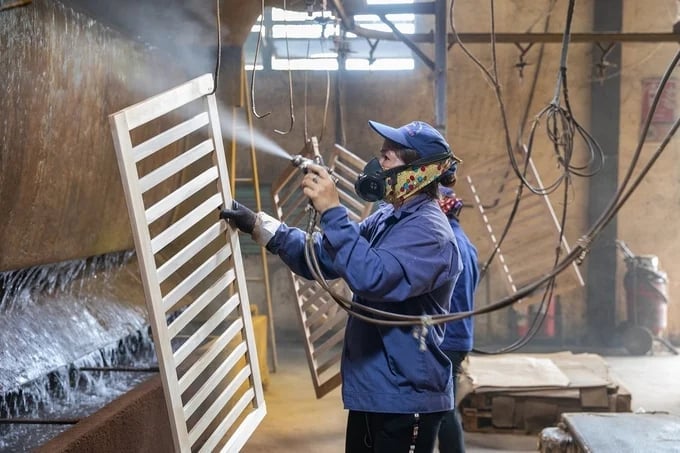
Forestry or any industry in agriculture today needs to make more efforts to increase the role and participation of women.
Ensuring gender equality in agriculture in general and forestry in particular is the goal of the Ministry of Agriculture and Rural Development and the Forestry sector. To promote gender equality for sustainable forestry development, we must first identify the challenges and contributions of women in the forestry industry today.
Forestry is a technical economic sector, a production industry associated with forests, with outdoor working conditions, so working conditions will be difficult, affecting women. So job opportunities in many cases are not entirely favorable for women. For example, some professions in the forestry sector require working in the forest ranger force, and specialized forest protection force (they must patrol, protect forests, and prevent and fight forest fires), or occupations related to afforestation, forest care, wood exploitation, production and processing of wood and wood products...
Even some indirect jobs such as research and production of forestry plant varieties; Research on silviculture, biodiversity... If women participate, they must also go directly to the forest or do outdoor field research... This is the biggest obstacle for women when choosing a career for themselves[1].
Challenges in job characteristics and working conditions lead to challenges in job opportunities to suit gender. With fewer opportunities to access work, women's job opportunities will decrease, and women's opportunities to access resources and training will decrease compared to men.
Integrating gender equality issues in the forestry sector has been shown in the 2017 Law on Forestry and its guiding documents. Right in Clause 8, Article 9 of the Law on Forestry, regulations on prohibited acts have clearly stated the prohibition of discrimination based on religion, belief and gender in forest allocation and lease. In Clause 1, Article 10, on planning principles, it is affirmed to ensure the participation of agencies, organizations, households, individuals, and communities; ensuring openness, transparency and gender equality...
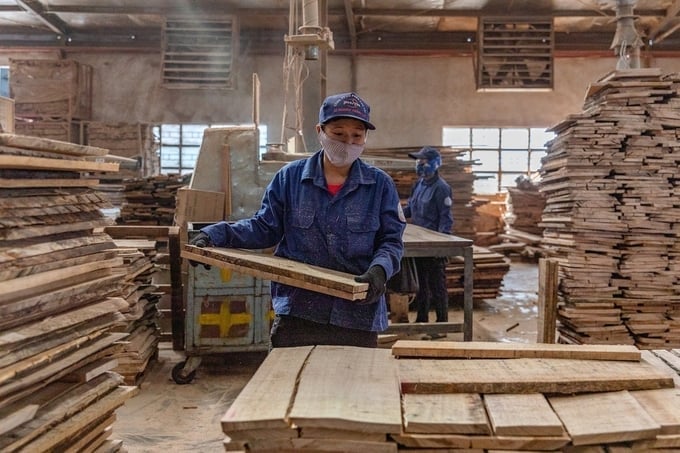
In all areas of the forestry industry, women participate everywhere and they always complete their work.
I think that forestry or any industry in agriculture today needs to make more efforts to increase the role and participation of women.
Firstly, it is equality in job access opportunities. It is necessary to create conditions for women to have equal access to work as men, especially for poor women and ethnic minority women. For example, if women have the same conditions as men, there should be clear regulations and targets to prioritize women as the subjects assigned to forests, lease forests, participate and share benefits from payments for forest environmental services or empowerment in management and participation in production. Currently, 84.3% of households are headed by men, 15.7% of households are headed by women and the average annual revenue is VND 13.75 million for male heads, and VND 8.7 million for female heads of household[2].
Second is equality in learning opportunities, women and men need to have the same opportunities to study and improve knowledge and skills. When women improve their knowledge and skills, they will have the opportunity to participate in better jobs and hold higher and more important positions. With opportunities for learning and training, women will gradually erase their fear and fully develop their roles.
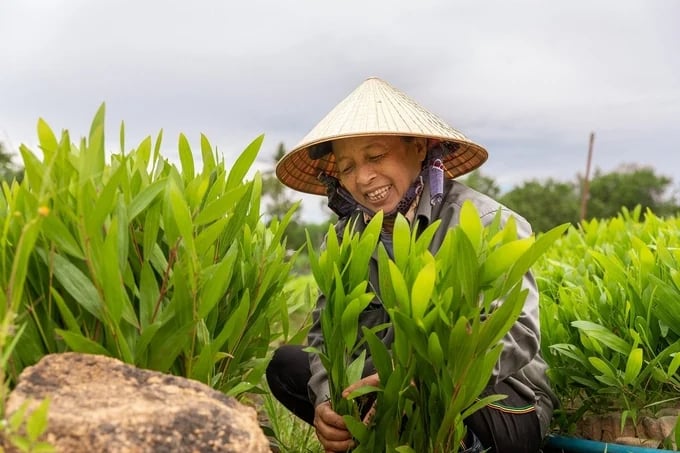
Ensuring gender equality in agriculture in general and forestry in particular is the goal of the Ministry of Agriculture and Rural Development and the Forestry sector.
Third is increasing access to resources. Men and women have equal opportunities to access resources. In addition, it is necessary to carry out other parallel solutions that take into account gender-specific factors.
[1] According to the gender equality report in the forestry industry in Vietnam presented at the forum, 37% of the forestry production industry participation is women, in the forestry product processing industry, 53% are women and in the furniture manufacturing industry, women account for 30%.
[2] Documents on gender issues and causes of gender inequality in production forest planting and forest protection at the forum “Promoting gender equality for sustainable forestry development” October 5-6, 2023 in Binh Dinh province.
Translated by Hoang Duy
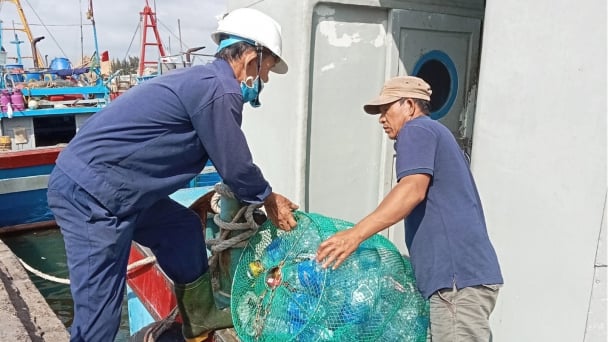
(VAN) Vietnam Agriculture and Nature News interviewed Mr. Vu Thai Truong, Acting Head of Climate Change and Environment at UNDP Vietnam on the occasion of World Environment Day (June 5).
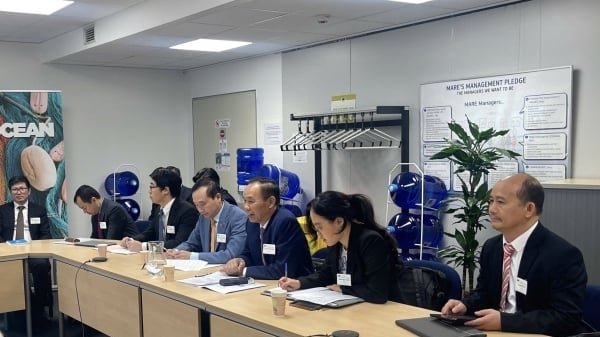
(VAN) On June 5, Deputy Minister of Agriculture and Environment Phung Duc Tien held a working session with the Directorate-General for Maritime Affairs and Fisheries of the European Commission (DG MARE).

(VAN) According to Prof. Dr. Mai Trong Nhuan, former Director of Vietnam National University, Hanoi, the national ocean spatial plan is devised to guide the ocean economy toward achieving its key objectives.
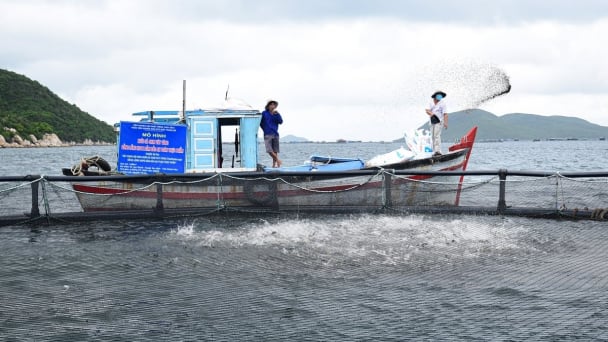
(VAN) Vietnam’s aquatic resources decreased from over 5 million tons in the period 2000-2005 to just over 3.9 million tons in the period 2016-2020.
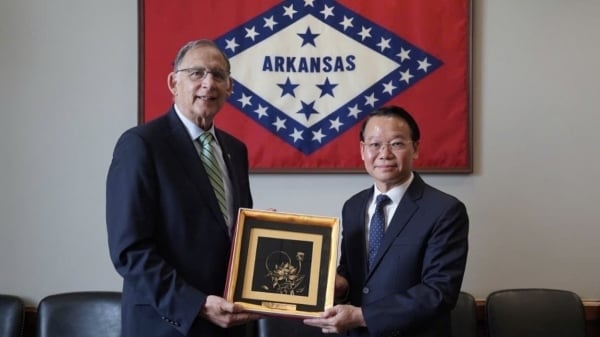
(VAN) The U.S. Congress recognizes Vietnam's role as a reliable and dynamic economic partner in the Asia-Pacific region.
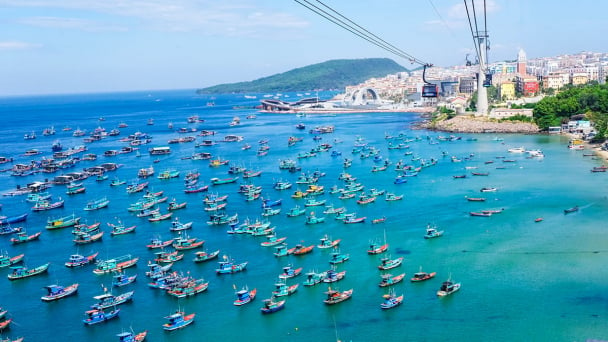
(VAN) Vietnam Sea and Island Week 2025 is a powerful call to action for connecting technology and unlocking policies, aiming towards a modern, sustainable blue ocean.
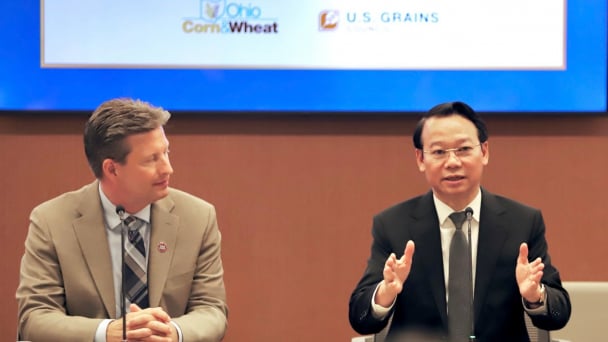
(VAN) With its rapidly growing agricultural economy, Vietnam has become a top destination for U.S. businesses seeking to strengthen their presence in Southeast Asia.